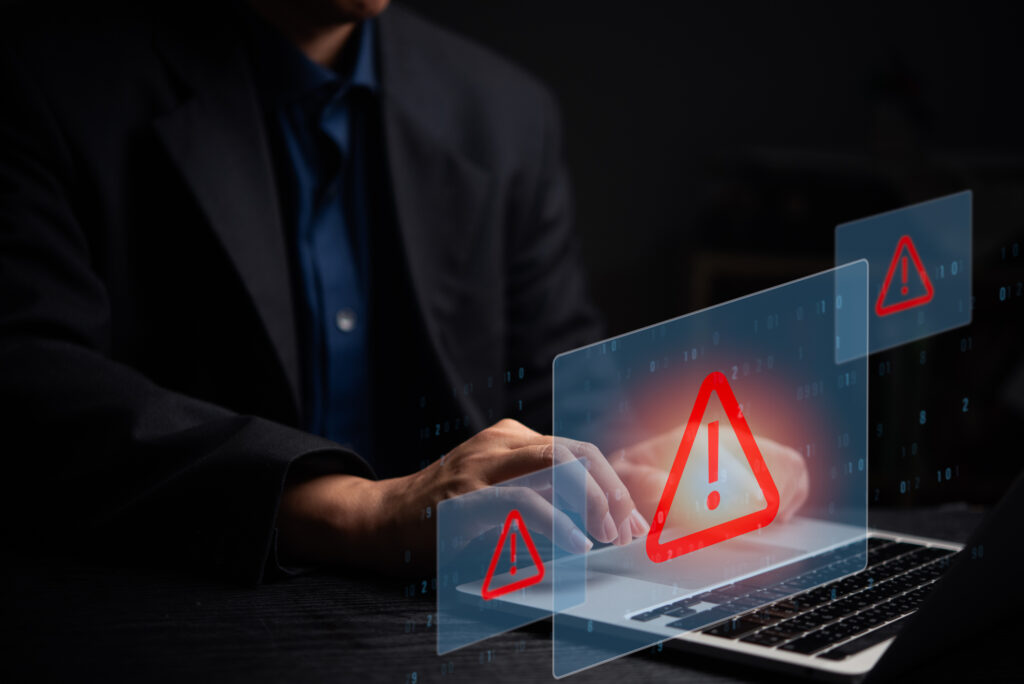The Cybersecurity Maturity Model Certification (CMMC) is a cybersecurity framework that the Department of Defense (DoD) has instituted for prime and subcontractors wanting to provide products or services to the DoD. Keiter is a Registered Provider Organization (RPO) in the CMMC Marketplace.






